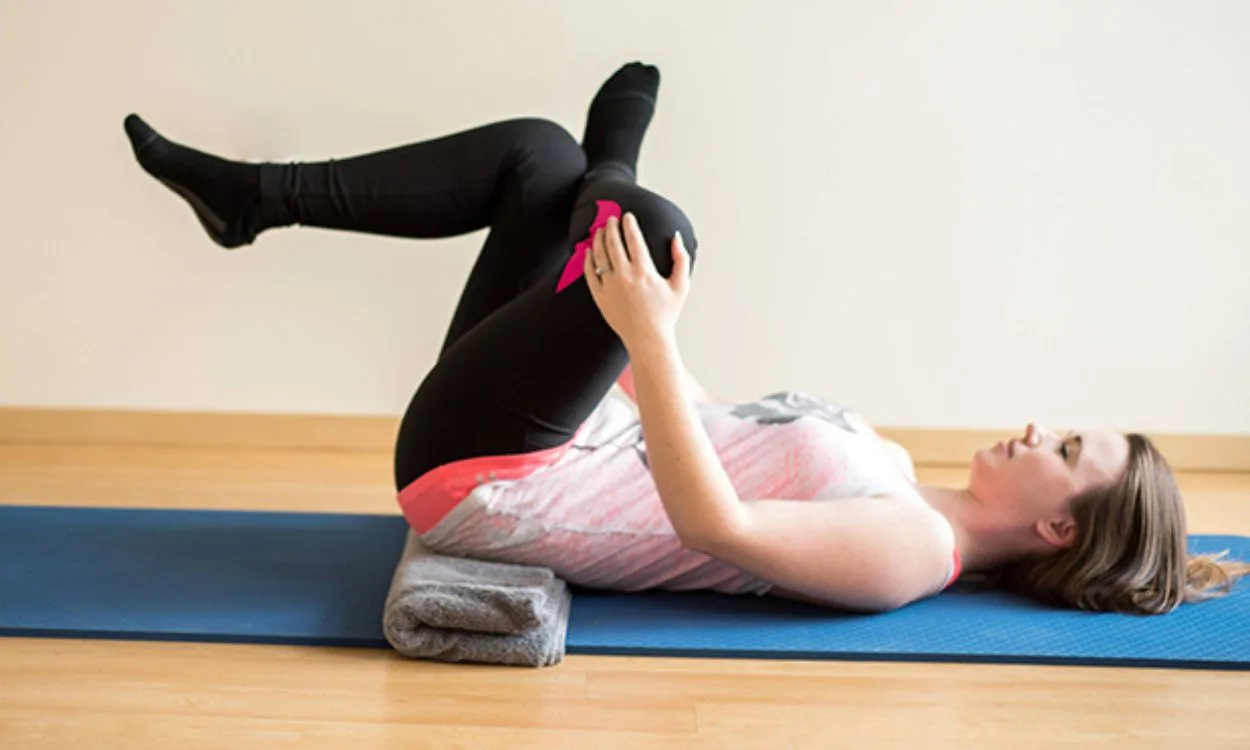Unwind Your Mind, Heal Your Spine: How Relaxation Techniques Can Alleviate Stress-Related Back Pain
Stress-related back pain is a common issue faced by many individuals in today’s fast-paced world. Whether it’s due to work pressures, financial worries, or personal relationships, stress takes a toll on our bodies, often manifesting as chronic back pain. While medications and physical therapy are common treatments, relaxation techniques can be a highly effective, non-invasive way to alleviate stress-related back pain. This blog explores how relaxation techniques can help you manage and reduce this type of pain.
Understanding Stress-Related Back Pain
Back pain caused by stress is often linked to muscle tension and spasms. When you’re stressed, your body enters a “fight or flight” mode, which can lead to muscle tightness. Over time, this muscle tension can cause chronic back pain. Additionally, stress can affect your posture and overall physical health, further contributing to back pain.
The Science Behind Relaxation Techniques
Relaxation techniques work by reducing the body’s stress response, which in turn helps to relax the muscles and alleviate pain. These techniques can lower cortisol levels, reduce muscle tension, and improve overall well-being. Here are some effective relaxation techniques that can help with stress-related back pain:
Deep Breathing Exercises
Deep breathing exercises, also known as diaphragmatic breathing, can help to reduce muscle tension and promote relaxation. This technique involves taking slow, deep breaths to increase oxygen flow to the muscles, helping them to relax.
How to do it:
1. Find a comfortable position, either sitting or lying down.
2. Place one hand on your chest and the other on your abdomen.
3. Take a deep breath in through your nose, allowing your abdomen to rise while keeping your chest still.
4. Exhale slowly through your mouth, letting your abdomen fall.
5. Repeat for 5-10 minutes.
Progressive Muscle Relaxation (PMR)
Progressive muscle relaxation involves tensing and then slowly relaxing each muscle group in your body. This technique helps to release muscle tension and improve relaxation.
How to do it:
1. Find a quiet place where you won’t be disturbed.
2. Start by tensing the muscles in your toes, holding for 5 seconds, and then slowly releasing.
3. Gradually move up your body, tensing and relaxing each muscle group.
4. Finish with the muscles in your face and head.
Mindfulness Meditation
Mindfulness meditation involves focusing on the present moment and observing your thoughts and sensations without judgment. This practice can help to reduce stress and improve overall well-being.
How to do it:
1. Find a comfortable seated position.
2. Close your eyes and take a few deep breaths.
3. Focus on your breath, observing the sensation of each inhale and exhale.
4. If your mind wanders, gently bring your focus back to your breath.
5. Practice for 10-20 minutes daily.
Yoga and Stretching
Yoga combines physical postures, breathing exercises, and meditation to promote relaxation and flexibility. Regular yoga practice can help to reduce muscle tension and alleviate back pain.
How to do it:
1. Find a yoga routine that focuses on gentle stretches and relaxation.
2. Practice regularly, paying attention to your breath and body sensations.
3. Incorporate poses that target the back muscles, such as Child’s Pose, Cat-Cow Pose, and Downward-Facing Dog.
Visualization and Guided Imagery
Visualization involves imagining a peaceful scene or situation to promote relaxation. Guided imagery can help to reduce stress and improve mental well-being.
How to do it:
1. Find a quiet place and close your eyes.
2. Take a few deep breaths to relax.
3. Imagine a peaceful scene, such as a beach or a forest.
4. Focus on the details of the scene, using all your senses to immerse yourself in the experience.
5. Practice for 10-15 minutes daily.
Why Fitpaa?
Now that you understand how relaxation techniques can help alleviate stress-related back pain, it’s time to take the next step towards a pain-free life. Fitpaa’s state-of-the-art AI-driven Metabolism Monitoring and Management technology can help you achieve your health and fitness goals, including alleviating back pain through personalized plans.
How Fitpaa Can Help
Fitpaa uses the latest research in Lifestyle Medicine and Behavioural Therapy to create personalized health plans. Our Fitpaa Capsule integrates medical therapy, exercise, nutrition, and cognitive behavioral therapy to optimize your metabolism and achieve guaranteed results.
Personalized Fitpaa Capsule
1. Metabolism Assessment: Identify the root cause of your health condition by assessing your current metabolism.
2. Customized Plan: Receive a personalized Fitpaa Capsule, including medical therapy, exercise, nutrition, and cognitive behavioral therapy.
3. Daily Guidance: Follow your Fitpaa Capsule with the help of the Fitpaa app, which includes a virtual workout trainer, diet tracker, and real-time guidance technology.
Download the Fitpaa App
Imagine a life where you are fit, healthy, and free from pain. Fitpaa can make that dream a reality. Download the Fitpaa app today and take the first step towards achieving your health and fitness goals with guaranteed results.
Your well-being is our mission! With Fitpaa, you are not just getting a mobile app but a dedicated team of health professionals committed to helping you live your best life. Don’t wait any longer. Start your journey to a healthier, happier you with Fitpaa today!
By incorporating these relaxation techniques and leveraging the advanced features of the Fitpaa app, you can effectively manage and alleviate stress-related back pain. Join the Fitpaa community now and transform your life!









